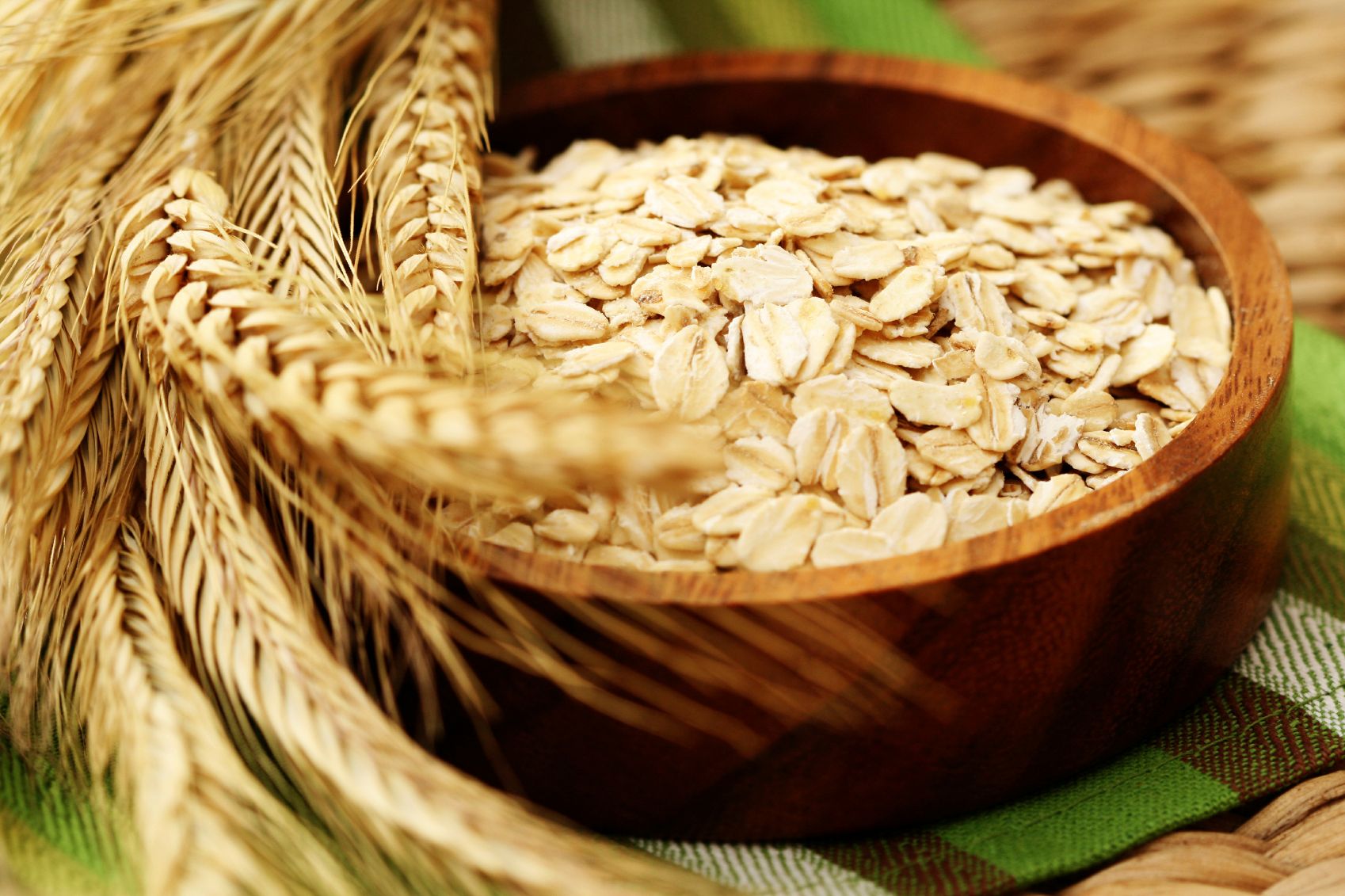Five Biggest Struggles with FDA’s New Nutrition Label: Redefining Dietary Fiber
Here are five of the biggest struggles companies are likely to encounter under FDA's new nutrition label proposal.

FDA’s proposal includes formally defining dietary fiber as “one that emphasizes its physiological effect that is beneficial to human health.” In order to make a fiber claim, a “dietary fiber” must be a non-digestible soluble/insoluble carbohydrate that is “intrinsic and intact in plants,” or it can be an isolated/synthetic non-digestible carbohydrate-as long as FDA has either approved it to be listed as a “dietary fiber” or it is already the subject of an authorized health claim.
Manufacturers will be required to provide evidence to FDA of a fiber’s eligibility, however. “[To] demonstrate the physiological effects that are beneficial to human health of isolated and synthetic non-digestible carbohydrates added to food…FDA would have to grant a petition or authorize a health claim before they can be considered a ‘dietary fiber’ for declaration on the nutrition facts label.”
What does this mean? Braithwaite breaks it down. “This change could affect products that make fiber claims but include fiber that does not meet the new definition. For example, currently a breakfast bar that contains 6 g of dietary fiber per 40-g bar can claim ‘excellent source of fiber’ on the product label. If the source of fiber, however, is from an isolated/synthetic fiber that does not meet the new definition, the manufacturer would either need to reformulate with a fiber that meets the new definition, or remove the claim from the product package.”
Photo © iStockphoto.com/matka_Wariatka
HHS announces restructuring plans to consolidate divisions and downsize workforce
Published: March 27th 2025 | Updated: March 27th 2025According to the announcement, the restructuring will save taxpayers $1.8 billion per year by reducing the workforce by 10,000 full-time employees and consolidating the department’s 28 divisions into 15 new divisions.










